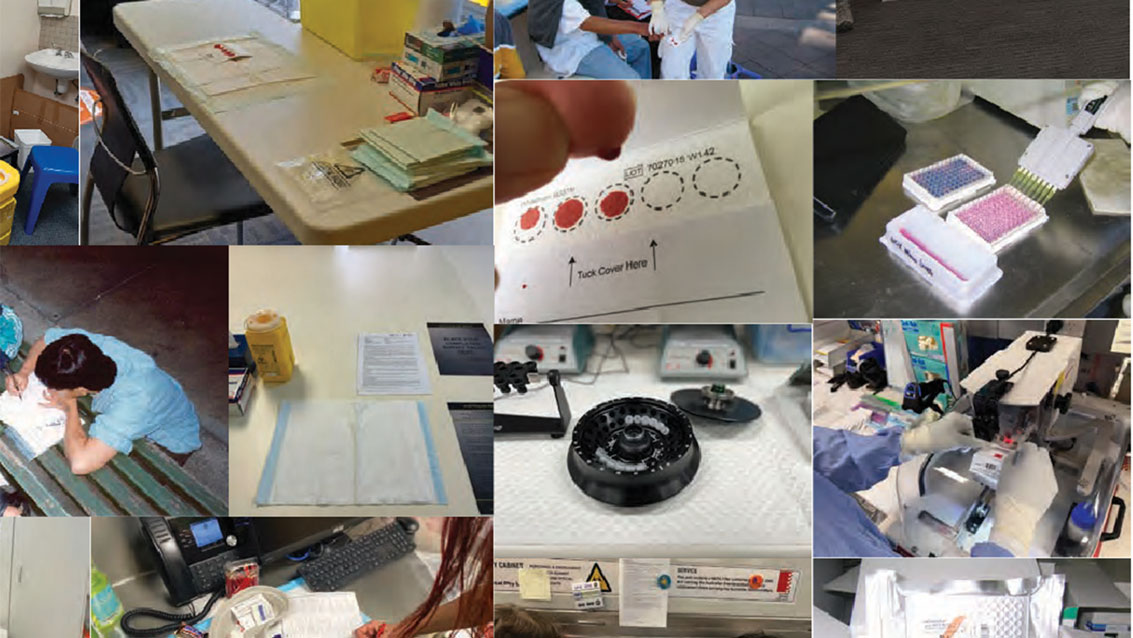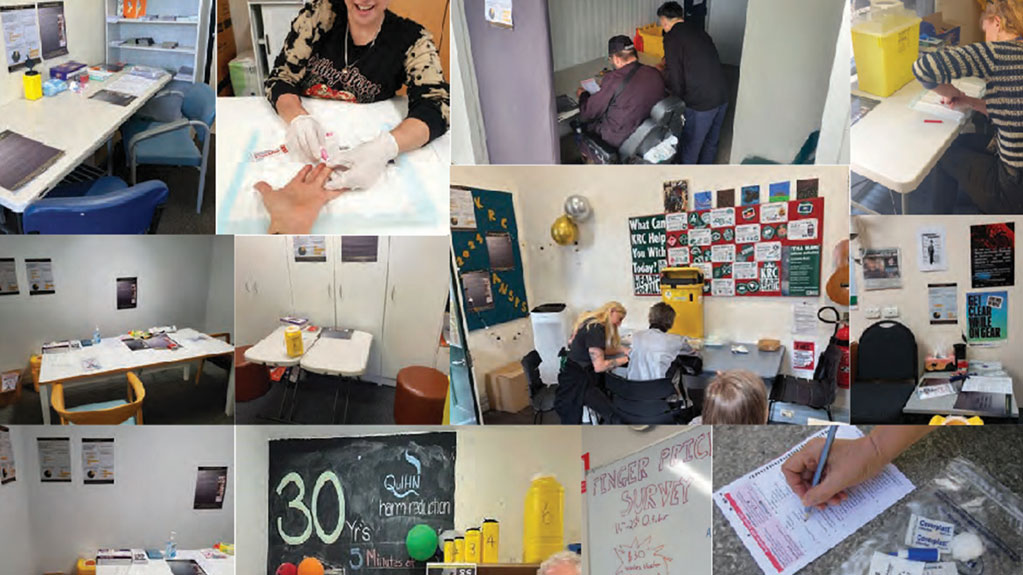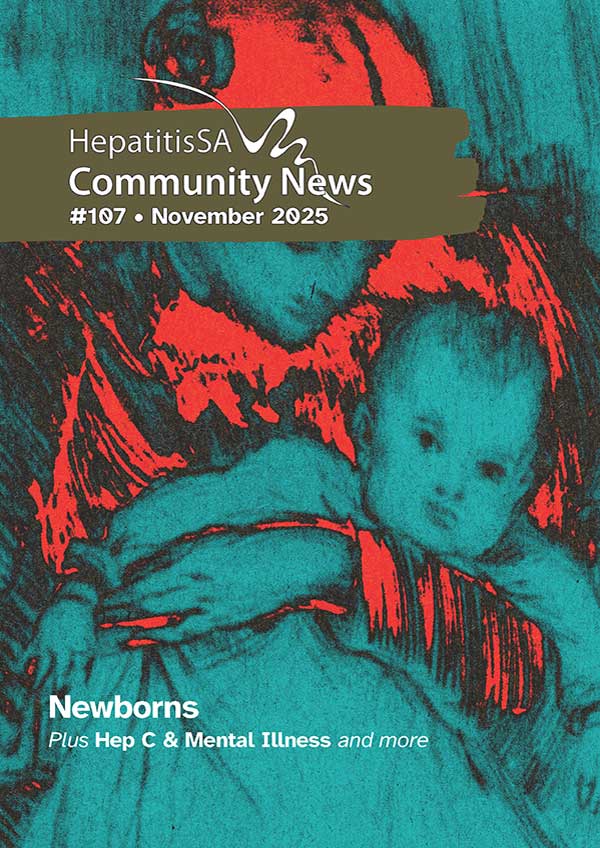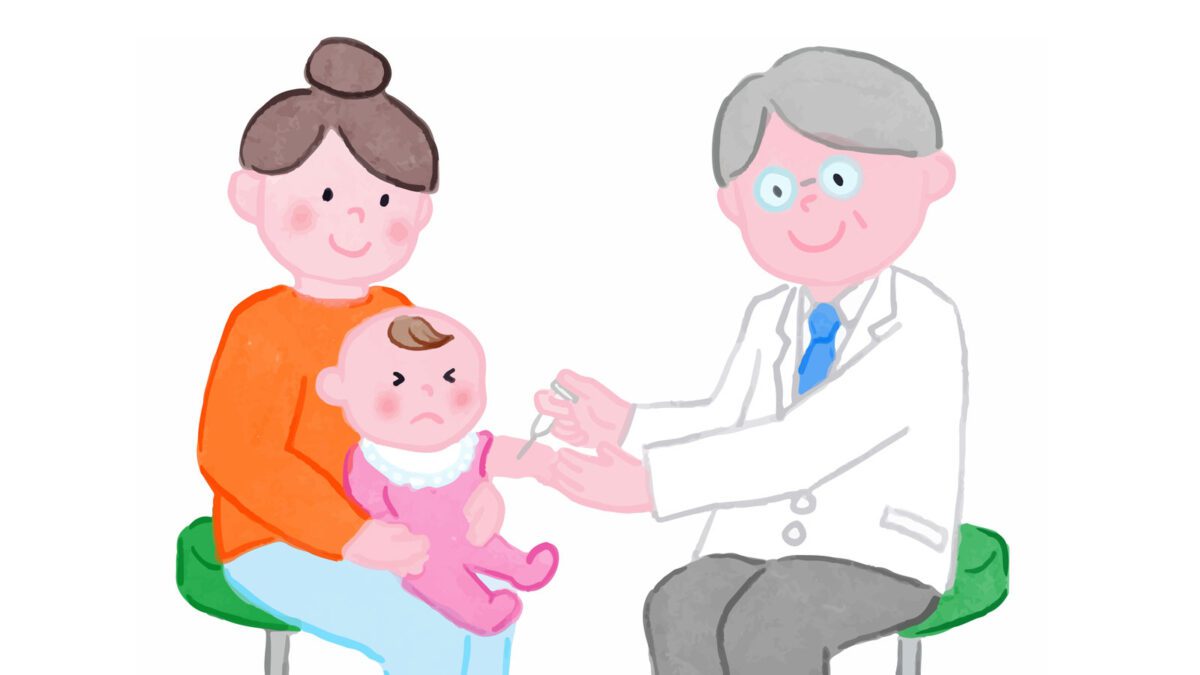Findings from the Australian Needle and Syringe Program (NSP) Survey 30-year National Data Report shows highly significant reductions in hepatitis C infections and high levels of treatment and cure among NSP clients.
The report was released to mark the project’s 30 year anniversary. Conducted annually since 1995, the Australian NSP survey served as a strategic early-warning system designed to monitor blood borne viral infections, injecting and sexual health.
Hepatitis C – Related Findings

- The proportion of respondents who had been exposed to hepatitis C, measured by HCV antibody status, fluctuated over the last 30 years, but showed an overall decline remaining under 50% since 2017 and was 39% in 2024.
- Among new initiates to injecting, hepatitis C antibody prevalence was highest in the period following changes to heroin markets, with prevalence of 38% observed in 2002 but overall, HCV prevalence among new initiates declined from 22% in 1995 to 2% in 2024, a finding that supports a decline in hepatitis C infections among people who inject drugs.
- Among respondents assessed as eligible for hepatitis C treatment, those reporting ever having treatment remained low at around 10% between 2008 and 2015 but following introduction of direct-acting antivirals in 2016, treatment rate reported increased substantially from 11% in 2015 to 78% in 2024. In South Australia the treatment rate rose from 16% in 2015 to 84% in 2024.

- Testing for HCV RNA among respondents was first conducted in 2015 when 51% tested positive. This declined to 8% in 2024, suggesting a high level of treatment and cure among PWID following the introduction of the new treatments.
- The proportion of respondents with no evidence of exposure to hepatitis C increased from 43% in 2015 to 61% in 2024.
- The proportion of respondents with cleared infection (HCV antibody positive and HCV RNA negative) increased from 6% in 2015 to 31% in 2024 and the proportion of respondents with active hepatitis C infection (HCV RNA positive) declined substantially, from 51% in 2015 to 8% in 2024. In South Australia, the rate declined from 49% in 2015 to 6% in 2024.
In South Australia, two NSP services — Noarlunga Primary Health and Port Adelaide NSP — participated in the survey for 26 and 24 years respectively. Other participating sites included SAVIVE Shopfront /Anglicare Salisbury (1995 to 2018) and Nunkuwarrin Yunti, an Aboriginal Community Controlled Health Organisation. In the first three years, sample sizes were less than 60 respondents but that subsequently increased to between 200 and 355. In 2024, there were 232 respondents.
One SAhrps worker, commenting on the decline in hepatitis C prevalence among respondents between 2015 and 2024 said, “This is an excellent result we should all be super proud of having a part in achieving. Still more work to do but that’s an incredible drop.”
Other Findings
- The median age of respondents has increased significantly from 27 years in 1995 to 45 years in 2024. The proportion of respondents aged 45 years or older increased from 2% in 1995 to 52% in 2024 and the proportion of young people aged less than 25 years declined from a high of 36% in 1997 and 1998 to between 2% and 3% from 2020 to 2024. This suggests an aging cohort of people accessing NSP in Australia.
- Since 2005, methamphetamine has been the most commonly reported drug last injected, and was reported by just over half (52%) of all respondents in 2024.
- The proportion of respondents who reported last injecting pharmaceutical opioids increased from 3% in 1995 to 16% in 2010. Since 2010, prevalence has declined, with 3% of respondents last injecting this class of drugs in 2024.

In releasing the report, the ANSPS acknowledged the 65,000 occasions NSP clients across Australia had participated in the survey since its inception in 1995, as well as the ongoing support and assistance from staff and management at participating NSP services.
The report further acknowledged the original investigators and steering committee responsible
for developing the survey methodology and the dedication and vision of the founding members
of the project and in particular the late Dr Margaret MacDonald who was responsible for the
development and conduct of the ANSPS from 1995 until 2003.
Last updated 28 November 2025
More from:
Enjoyed this article? Subscribe to be notified whenever we publish new stories.
Subscribe for Updates









